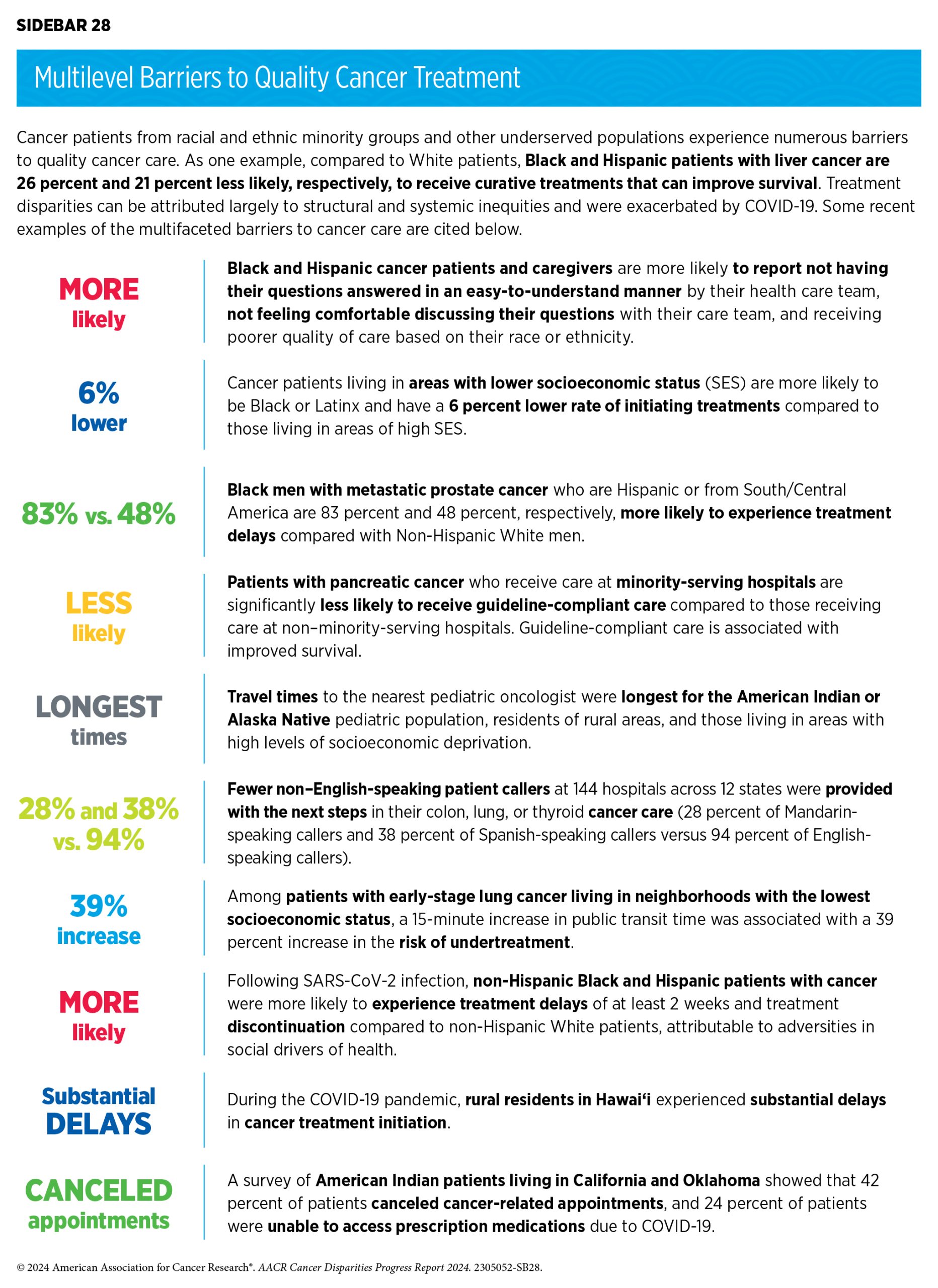
# **Closing the Cancer Care Divide in Low- and Middle-Income Countries**
## **Introduction**
Cancer is a condition that requires extensive, long-term treatment, imposing heavy financial and emotional strains on patients across the globe. This issue is especially acute in low- and middle-income countries (LMICs), where access to adequate treatment is severely restricted. In a nation such as India—populated significantly by daily wage laborers, farmers, and small entrepreneurs—the socioeconomic repercussions of a cancer diagnosis can be as devastating as the illness itself. Financial limitations, logistical obstacles, and persistent fears and misconceptions obstruct timely treatment for those in need, highlighting a critical need to bridge the cancer care gap.
—
## **The Situation of Cancer Treatment in LMICs**
Cancer treatment usually entails several phases, including surgery, chemotherapy, and radiation therapy, each demanding considerable financial and logistical commitment. Recovery from surgical procedures can extend over a month, while radiation therapy often requires six to eight weeks. Chemotherapy regimens may last from three to six months, compounding the difficulties for both patients and their caregivers.
In addition to physical ailments, cancer imposes a significant psychological burden. Patients may contend with fears of recurrence, anxiety, depression, and lingering fatigue long after their treatment has concluded. However, the most pressing issue confronting rural populations and economically disadvantaged families in LMICs is managing the clinical and financial obligations of treatment.
—
## **The Economic Burden**
Numerous cancer patients from overlooked communities need to depend on familial support for their care. In India, where daily wage workers form the economic backbone, a cancer diagnosis creates a heart-wrenching choice: pursue treatment and risk financial disintegration or keep working and compromise one’s health.
Financial difficulties often initiate during the diagnostic phase and worsen as treatment progresses. While initiatives like the Pradhan Mantri Jan Arogya Yojana (PMJAY) cover surgical expenses, follow-up treatments like chemotherapy and radiation therapy present ongoing financial challenges. Rural patients in states such as Gujarat often need to journey to urban locations for radiation therapy, with only 10 out of 33 districts possessing the necessary equipment. Travel expenses and lost income further complicate adherence to treatment, adding more strain to an already vulnerable group.
—
## **Beliefs, Misunderstandings, and Low Compliance**
One significant obstacle to effective treatment in LMICs is the widespread misinformation surrounding cancer care. Many rural areas view cancer as synonymous with death rather than a manageable condition, primarily due to anecdotal evidence and fear-based narratives. Accounts of patients suffering after beginning chemotherapy or radiation deter others from pursuing timely medical assistance.
Despite new developments in radiation therapy, such as three-dimensional conformal radiotherapy (3D CRT) and image-guided radiotherapy (IGRT), public perception still clings to the idea of severe side effects. Many individuals avoid radiation therapy due to fear, ultimately heightening their risk of cancer recurrence and related mortality.
This cycle of misinformation causes patients to seek help only in advanced stages, further perpetuating the damaging stigma that “cancer is incurable.”
—
## **Structural Issues: Access to Treatment**
In addition to financial and educational barriers, the uneven geographic distribution of cancer care services in LMICs presents a significant problem. In India, specialized cancer treatment facilities are predominantly found in urban areas, leaving rural patients with limited options. Government programs may introduce innovative techniques like robotic and laparoscopic surgeries at subsidized costs, but these advantages seldom reach remote communities.
The gap between technological availability and treatment accessibility raises an important question: Are the advancements in cancer care genuinely benefiting those who need them the most?
—
## **The Path Ahead: Practical Strategies**
To establish a fairer cancer care framework, several essential interventions need to be enacted:
### **1. Debunking Myths and Informing Communities**
Public health initiatives should concentrate on clarifying myths associated with chemotherapy and radiation therapy. Engaging local healthcare professionals, conducting community outreach, and providing educational resources in regional languages are vital in enlightening patients and their families about the realities of contemporary cancer treatments.
### **2. Assisting Patients’ Families and Caregivers**
Given the lengthy nature of cancer treatments, caregivers frequently must give up their jobs, which worsens financial pressures. Initiatives that offer employment options for caregivers near treatment facilities or provide direct financial support can alleviate this economic difficulty.
### **3. Enhancing Government Cancer Treatment Centers**
Although institutions like Tata Memorial Hospital and various regional cancer facilities provide essential services, they are often overwhelmed and incapable of meeting nationwide demand. Increasing the number of public cancer care centers in tier 2 and tier 3 cities would improve accessibility and decrease treatment delays.
### **4. Promoting the Equitable Dissemination of Advanced Techniques**
Advanced procedures such as robotic surgeries, HIPEC, and laparoscopic methods should be made more affordable and accessible to lower-income patients. Sustainable pricing models must be developed to ensure hospitals maintain financial stability while guaranteeing fair access to high-quality care.
### **5. Promoting Oncologists